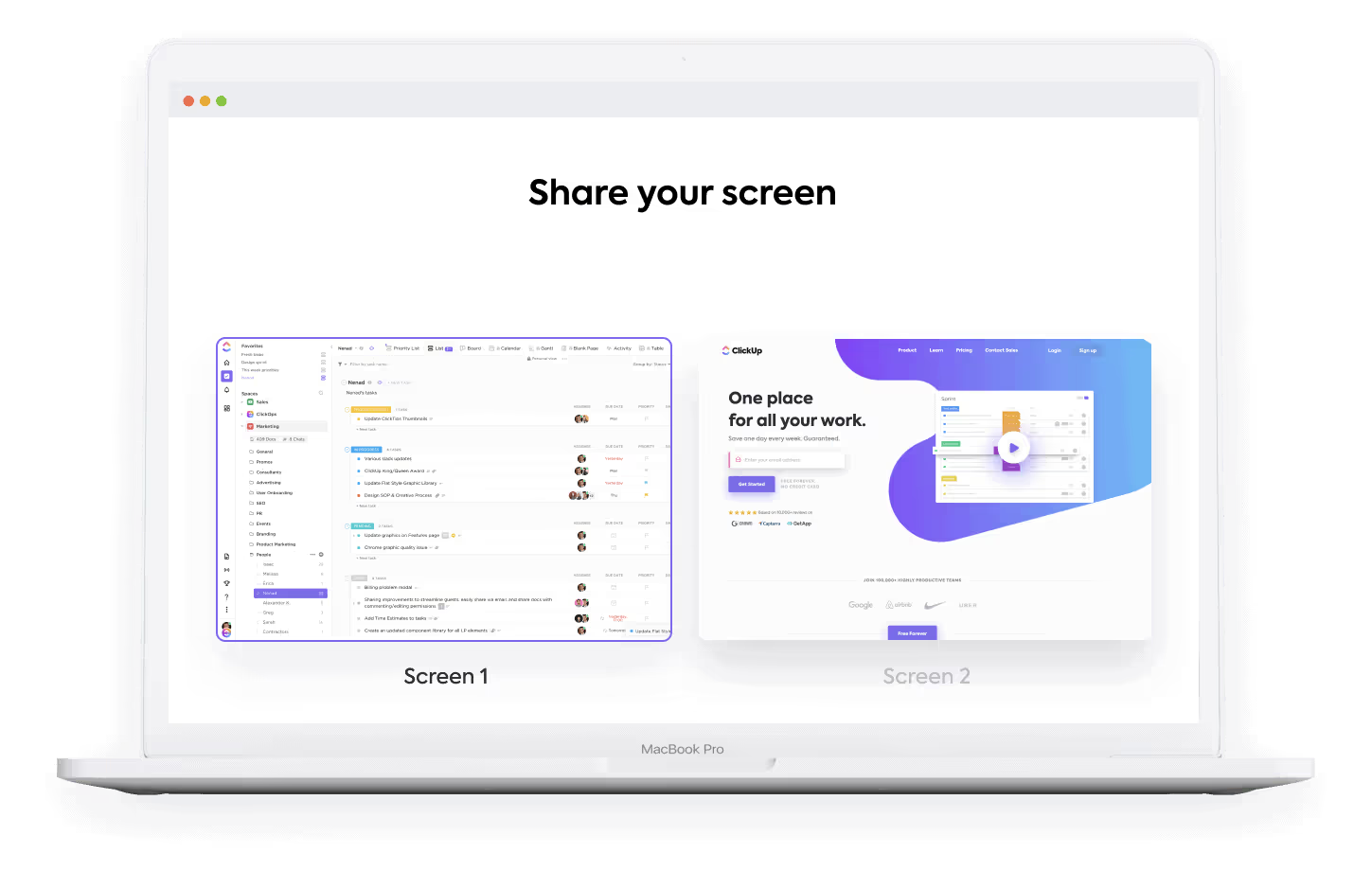
Exploring the Pros and Cons of Working Remotely
Remote work promised us flexibility and thrilling new lifestyles, but the day-to-day reality often brings meeting fatigue and unexpected hurdles. So, what went astray from the promise?
In the wake of the pandemic, the dynamics of the workplace experienced a revolutionary shift. The concept of working remotely transitioned from a rare perk to an everyday reality for millions. As a remote worker, the opportunity to work from home or become a digital nomad has not only redefined the traditional employment flexibility but has also prompted a global discussion on the future of work. This article aims to delve into the intricacies of remote work, shedding light on its advantages and challenges, and therefore the efficacy of this modern employment arrangement of the home job.
The Rise of Remote Work
The shift toward telework, also known as telecommuting or WFH (working from home), became significantly pronounced as employers scrambled to keep their workforce productive amidst global lockdowns. Pre-pandemic, the chance to work remotely was often considered a privilege granted to a few. Yet, once the pandemic's impact settled, the desire for remote job opportunities soared as more individuals sought the benefits and flexibility that come with the ability to work from anywhere.
A remote job has its allure. It paints a picture of an employee working from home, or any location of their choosing, with just a laptop and a stable internet connection. This flexible work model, often synonymous with a flexible workplace, has given rise to a new breed of workforce known as the working nomad or the remote worker.
The Pros of Remote Work
One of the most touted benefits of remote work is the elimination of commute time. The daily grind of commuting often takes a hefty toll on an office worker’s physical and mental health, not to mention the hours wasted. By working at home remotely, one can repurpose commuting time into productive working hours or leisure, promoting a better work-life balance.
The flexible work schedule is another major perk. As a remote employee, you have the opportunity to work from home or anywhere else, allowing for a workday that can adapt to personal needs and peak productivity times. This flexibility extends to family life and personal pursuits, creating a more harmonious balance that traditional 9-to-5 jobs rarely offer. A remote company that adopts efficiency-boosting technologies can significantly enhance flexibility. Asynchronous tools, such as Bubbles, empower the remote worker to have greater control over their schedule. To understand how this operates within a remote company, and hear a personal perspective, watch the Bubble below.
For employers, remote work can translate into a reduction in overhead costs, as less office space is required, and sometimes, a hybrid work model can be adopted, blending in-office days with remote work. This hybrid approach provides both the structure of office life and the flexibility of telecommuting.
Moreover, flexible working can mean access to a broader range of job opportunities, as geographic location becomes less of a barrier. Job websites have expanded their listings to include a plethora of remote positions, making it easier for job hunters to find remote jobs that suit their skills and preferences. This applies to both parties, with companies also having a much larger and wider spread talent pool available. The benefit of this is explained in this Bubble.
The Cons of Remote Work
While remote work brings many benefits, it is not without its challenges. Working virtually can lead to feelings of isolation and burnout for some. The lack of physical separation between 'home' and 'work' spaces can blur the lines, making it difficult to 'switch off' from work.
Distraction is another conundrum for the remote worker. The home full of personal life can compete with work responsibilities, and without the structured environment of an office, productivity can suffer.
Additionally, the flexible workplace has prompted concerns about career progression. Some remote employees fear that they are 'out of sight, out of mind', potentially missing out on opportunities for advancement that might be more readily accessible to those in the office.
The role of Asynchronous Working Tools
In this evolving landscape of remote working, one of the keys to optimizing the experience lies in the strategic use of asynchronous working tools. Asynchronous communication is a cornerstone of effective remote work, allowing remote employees to stay connected with their teams without being bound to a strict schedule. This is particularly beneficial for teams spread across different time zones.
Tools such as Bubbles enable employees to share progress, and communicate needs without the immediacy of real-time conversations. This not only respects each individual’s most productive working hours but also minimizes the interruption that can come with constant notifications. An employer who encourages the use of such tools is promoting a flexible workplace that respects the work-life balance of their employees.
Furthermore, this approach to telework can enhance productivity, as workers are empowered to tackle their tasks when they feel most focused and alert. It also encourages a more thoughtful form of communication, where messages are crafted with care, rather than the often-hasty responses required in real-time exchanges. Watch this Bubble to see this in action, and understand how this can foster increased contemplation and thought regarding ideas.
Finding the Balance
Remote work, whether it's a full-time position, part-time engagement, or a flexible job like that of a virtual assistant, demands a balance between flexibility and discipline. A well-designed home office, clear boundaries between work and personal life, and regular routines can be instrumental in crafting a successful remote working experience.
The Future of Work
As the world continues to embrace remote work, the number of remote companies and positions will likely increase. Remote job boards will evolve to offer more specialized job categories, catering to a growing remote workforce looking for employment flexibility. Meanwhile, virtual job fairs and networking events will continue to supplement traditional job hunt strategies, and provide a more widespread talent pool for employers.
In conclusion, working remotely offers a variety of opportunities and challenges. It requires self-discipline, a reliable home work environment, and the effective use of technology to maintain productivity and connection with colleagues. Employers and employees alike must navigate the flexible workplace landscape with awareness and adaptability. As more companies and workers become attuned to the rhythms of remote working, the hybrid workforce is set to become a defining feature of the 21st-century economy. Whether you’re an experienced remote employee or seeking to find a remote job for the first time, the remote work revolution holds the promise of a more adaptable, balanced, and resilient professional life.
Make your
meetings matter
Loved and trusted by 100,000+ users:
- Automatically Record and Transcribe Meetings
- Extremely Accurate Notes, Summaries, and Action Items powered by AI
- Works with Zoom, Google Meet, and Microsoft Teams
- Save time and follow-up with quick async videos
Simply connect your work Google or Microsoft Calendar to get started.
Collaborate better with your team
Get your point across using screen, video, and audio messages. Bubbles is free, and offers unlimited recordings with a click of a button.
.avif)
Collaborate better with your team
Get your point across using screen, video, and audio messages. Bubbles is free, and offers unlimited recordings with a click of a button.
.avif)













.avif)